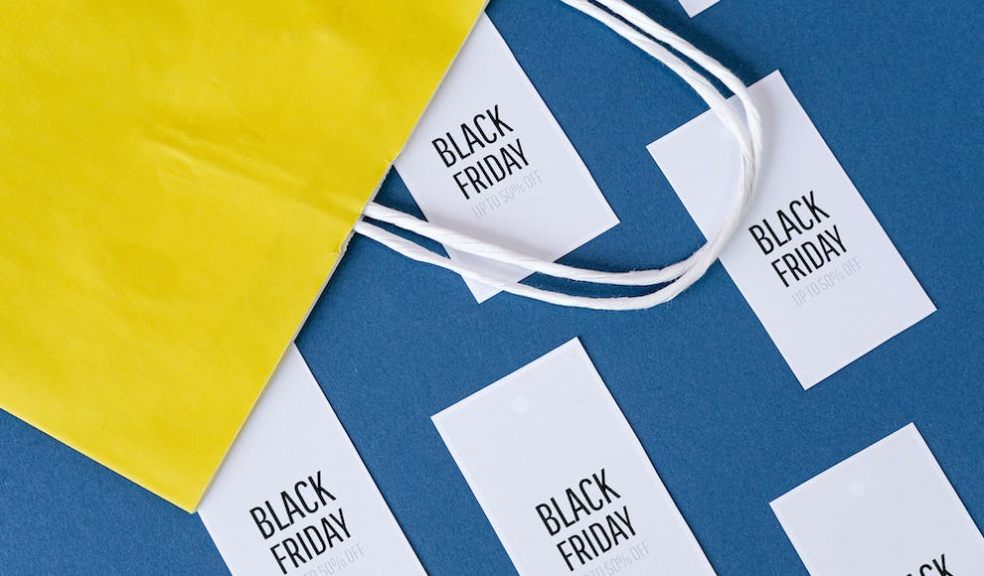
The Rise and Fall of Black Friday
Black Friday, once the pinnacle of post-Thanksgiving shopping excitement, has undergone a transformative journey over the years. Originating in the mid-20th century, this day-after-Thanksgiving shopping extravaganza quickly became synonymous with incredible deals, long lines, and frenzied consumerism. However, the landscape of retail has evolved, and Black Friday's significance has experienced both ascents and descents.
The Rise
The roots of Black Friday trace back to the 1950s when retailers sought to kick off the holiday shopping season with a bang. The term "Black Friday" purportedly originated in Philadelphia, where it described the disruptive and congested streets as shoppers flooded stores. Over the years, Black Friday grew into a national phenomenon, marking the official start of the holiday shopping season.
Retailers strategically capitalized on the psychological aspect of limited-time deals and doorbuster sales, driving consumers into a buying frenzy. The allure of discounted electronics, clothing, and household items drew millions of eager shoppers to brick-and-mortar stores in the early hours of Friday morning. Retailers relied on this day to propel them into profitability, with the hope that the surge in sales would offset any losses incurred earlier in the year.
The Highs
Black Friday reached its zenith during the late 20th and early 21st centuries. It became a cultural event, with families forming traditions around waking up early, waiting in line, and hunting for the best deals. The emergence of online shopping further amplified the craze, as consumers could snag bargains from the comfort of their homes. The combination of in-store and online sales contributed to record-breaking revenue for many retailers.
The introduction of Cyber Monday, the online counterpart to Black Friday, extended the shopping spree into the digital realm. Retailers, eager to sustain the shopping momentum, offered exclusive online deals, further blurring the lines between the two shopping events. This shift allowed consumers to enjoy the thrill of Black Friday without braving the chaotic crowds.
The Fall
The landscape of retail underwent a seismic shift with the advent of e-commerce and a change in consumer behaviour. The rise of online shopping and the convenience of year-round discounts eroded the exclusivity and urgency traditionally associated with Black Friday.
The negative aspects of Black Friday also began to surface. Reports of injuries, violence, and even fatalities during the chaotic shopping stampedes tarnished the once festive atmosphere. As social consciousness grew, so did criticism of the rampant consumerism associated with Black Friday. Movements like "Buy Nothing Day" and calls for more sustainable and ethical consumer practices urged people to reconsider the true cost of the deals they were chasing.
Ashley Horn, co-founder of Creoate, a wholesale marketplace linking independent brands and retailers, pointed out that while small brands and retailers exert considerable effort to maintain competitive prices, the feasibility of aggressive Black Friday discounting is often limited for them.
The Evolution
Recognizing the changing dynamics, retailers responded by reimagining Black Friday. Instead of a single day of frenzied shopping, many stores extended their sales throughout the week, or even the entire month of November. This approach aimed to alleviate the stress on both consumers and employees while still capitalizing on the holiday shopping fervour.
The shift towards online shopping continued, with Black Friday sales seamlessly transitioning into a predominantly digital experience. The rise of mobile shopping apps and personalized online shopping experiences allowed retailers to reach consumers directly, further diminishing the need for a specific day of intense, in-store shopping.
Conclusion
Black Friday, once the undisputed king of post-Thanksgiving shopping, has seen its prominence fade as the retail landscape evolves. The rise of e-commerce, changing consumer behaviour, and a growing awareness of the environmental and social impact of excessive consumerism have reshaped the way people approach holiday shopping. While Black Friday may no longer be the singular, frenetic event it once was, it remains a symbol of the ever-shifting dynamics between retailers and consumers in the modern age.













